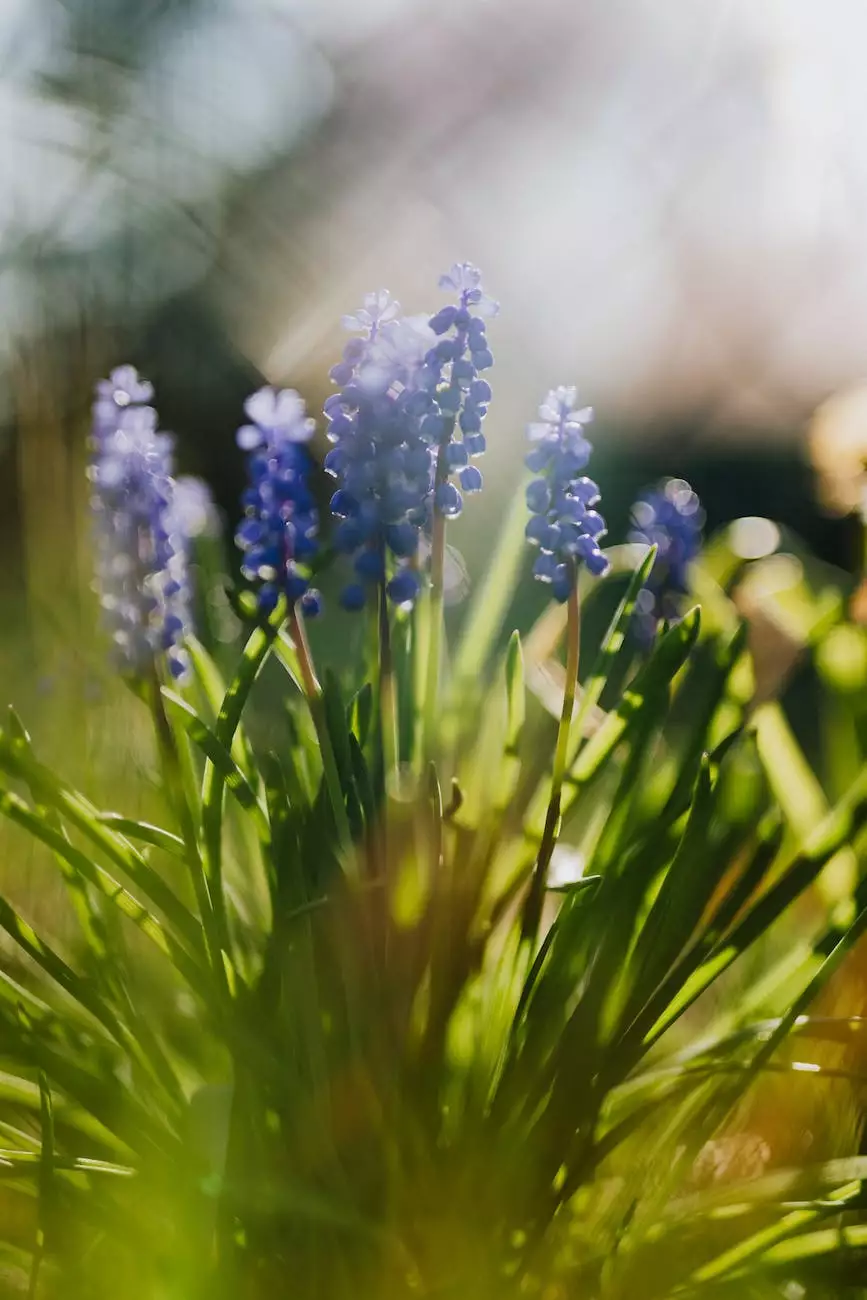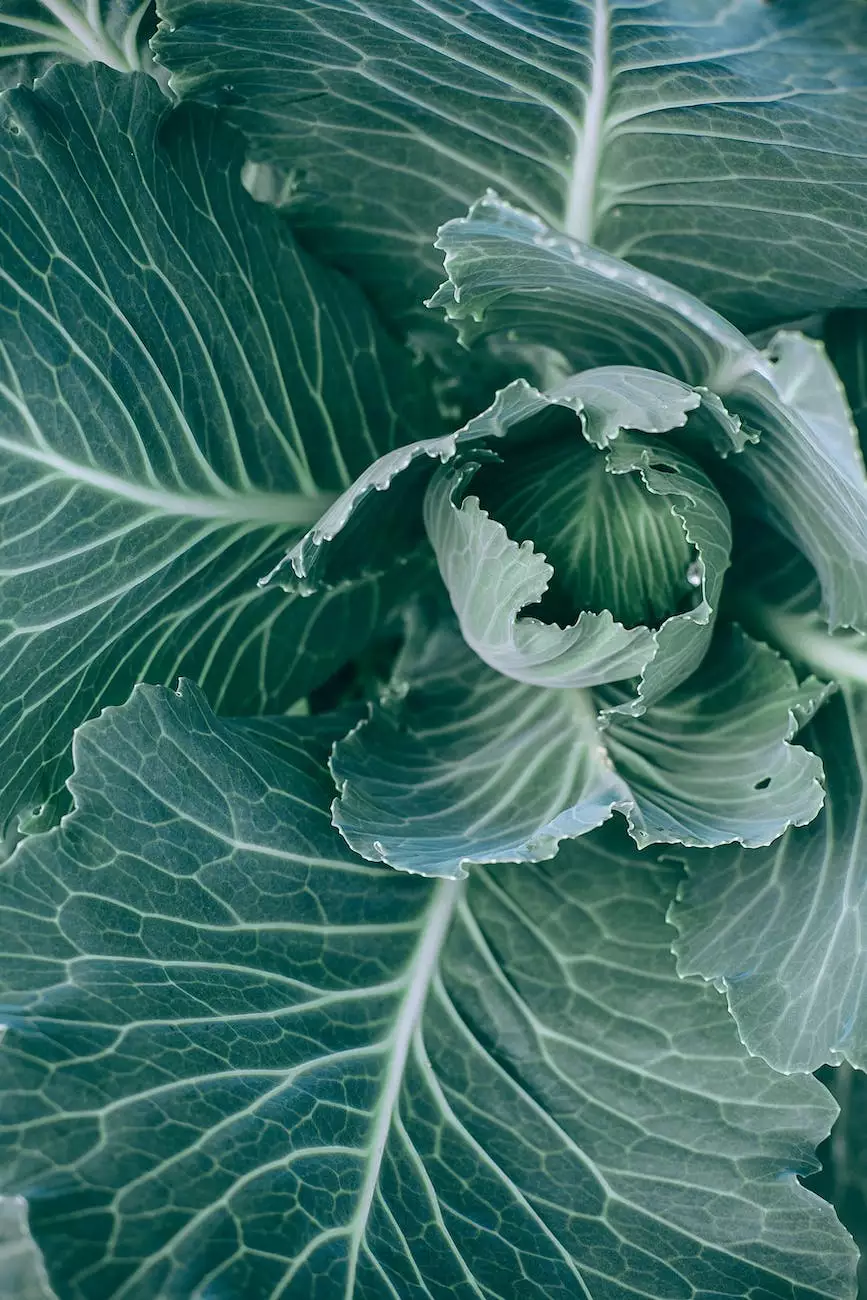How to Grow Lemongrass

The Benefits of Growing Lemongrass
Lemongrass (Cymbopogon) is a popular herb with a refreshing citrusy scent that is commonly used in cooking, herbal teas, and natural remedies. It not only adds a unique flavor to your dishes but also offers several health benefits.
Choosing the Right Location
Lemongrass thrives in warm climates, so it is important to select a sunny spot in your garden. It requires at least 6-8 hours of direct sunlight per day. Ensure that the chosen location has well-draining soil to prevent waterlogging, as excessive moisture can lead to root rot.
Preparing the Soil
Prior to planting, prepare the soil by loosening it with a garden fork or tiller. Mix in organic matter such as compost or well-rotted manure to improve soil fertility and drainage. Lemongrass prefers slightly acidic soil with a pH range of 6.0-7.5.
Planting Lemongrass
Obtain lemongrass stalks from a reputable nursery or use cuttings from an existing plant. Dig a hole in the prepared soil that is slightly larger than the root ball. Place the lemongrass in the hole, ensuring the crown is level with or just slightly above the soil surface. Gently backfill the hole, firming the soil around the plant.
Watering and Fertilizing
Proper watering is essential for the successful growth of lemongrass. Provide regular irrigation to keep the soil consistently moist, but not waterlogged. Water deeply once or twice a week, especially during dry spells. Avoid over-watering as it can lead to root rot.
Apply a balanced organic fertilizer, such as compost or organic plant food, during the growing season to promote healthy growth and enhance the flavor of the lemongrass.
Maintenance and Care
Trim back any dead or damaged leaves to maintain the overall health and appearance of your lemongrass plants. Divide the clumps every few years to prevent overcrowding and promote new growth.
Harvesting and Storage
Lemongrass can be harvested once the stalks reach a length of around 12-18 inches. To harvest, cut the stalks at the base, just above the soil line. Use a sharp knife or shears to prevent damage to the plant.
After harvesting, store the cut stalks in a plastic bag in the refrigerator. They can last for several weeks when stored this way. Alternatively, you can also freeze the stalks for longer-term storage.
Conclusion
Growing lemongrass in your garden can be a rewarding experience. With the right care and attention, you can enjoy fresh lemongrass for culinary purposes and benefit from its aromatic properties. Follow the above tips from American Pond & Gardens to successfully grow and cultivate your own lemongrass.










